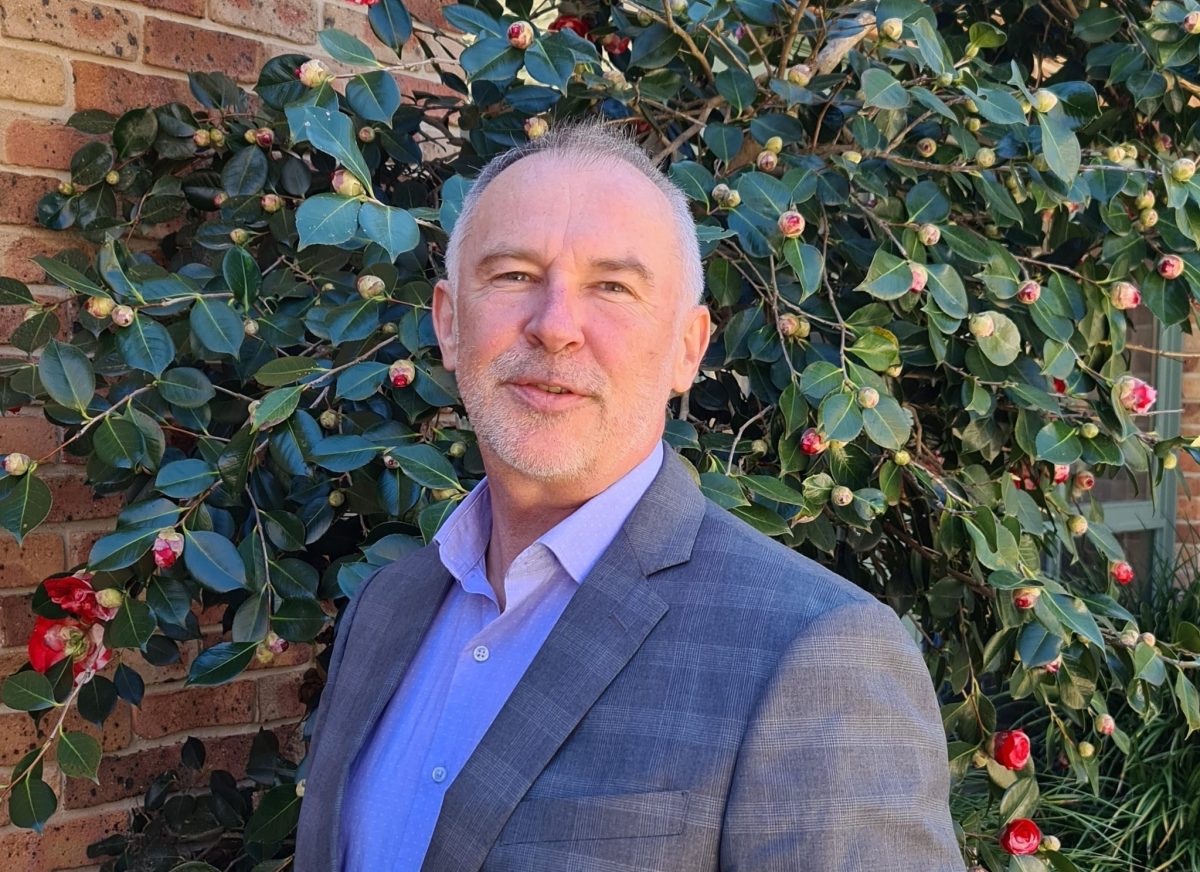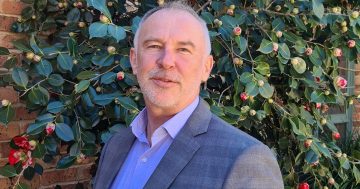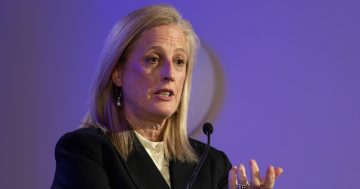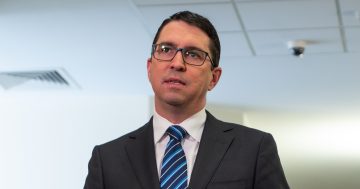
APS Commissioner Gordon de Brouwer has issued his first State of the Service Report. Photo: APSC.
A growing number of APS staff claim to have been bullied or harassed at work.
The 26th State of the Service Report has just been tabled in Federal Parliament (29 November), the first issued by Australian Public Service Commissioner Gordon de Brouwer, and gives a thorough insight into the APS and its 170,332 employees.
In part, the report draws on results of the APS Employee Census, which shows that 92 per cent of respondents understand how their role contributes to achieving an outcome for the Australian public.
A total of 84 per cent stated they believed strongly in the purpose and objectives of the APS, while 76 per cent agreed they gained a sense of accomplishment in their job.
“It is encouraging to see that engagement remains high,” Dr de Brouwer says in the report.
“These positive sentiments are consistent with the responses of staff to APS Reform initiatives, including the work on stewardship, where more than 1500 submissions were received from staff and around 90 per cent of respondents confirmed that they do see themselves as stewards in their workplace.
“For these staff, stewardship means taking care for the long-term and future generations, maintaining knowledge and responsible management.”
But the commissioner also notes negative aspects of the government’s workplaces that must be addressed, including “unacceptable behaviours”.
In 2023, 10.4 per cent of employee census respondents indicated they had been subjected to harassment or bullying in the workplace in the last 12 months.
That figure is up from 9.7 per cent in 2022.
In some individual agencies, reported rates are as high as 23.2 per cent.
“Reported rates of perceived harassment or bullying are higher for some APS agencies, and this is shown in a new agency benchmarking section in this report,” Dr de Brouwer says.
“We must have a culture of zero tolerance for any form of unacceptable behaviour in the APS and work together to bring this about.”
Interestingly, it seems the smaller the agency, the higher the rate of bullying, according to employee perceptions.
Most notably, perceptions of bullying and harassment at work are comparatively higher in some Indigenous-focused agencies.
Across the service, 555 employees were investigated for suspected APS Code of Conduct breaches, resulting in 52 terminations of employment over the year.
Staff perceptions of the senior executive service were most positive regarding immediate SES managers contributing to the strategic direction of agencies.
But the SES rated poorly in how they worked as a team within agencies and how effectively they communicated with each other and other employees (between 51 per cent and 54 per cent).
The largest number of APS employees are in the Australian Capital Territory (64,983 as of 30 June 2023), representing 38.1 per cent of the entire APS workforce.
NSW, Queensland and Victoria made up 78,378 (46.0 per cent) of the APS workforce.
The proportion of APS employees based in regional Australia has dropped from 13.7 per cent in 2014 to 12.8 per cent in 2023.
The gender pay gap in the APS has shrunk to below 6 per cent and, as at 30 June, 24 per cent of APS employees were born outside Australia.
Dr de Brouwer stressed that increasing fairness and inclusion in the workplace was a priority for the APS.
“It has been an important year for policies relating to First Nations, people with disability and women in the APS, with a number of new initiatives being introduced,” he says.
“In the past year, we have gained greater insights into APS staff who identify as LGBTIQA+ or consider themselves to be neurodivergent through the APS Employee Census and the valued contributions of staff-led networks.”
In accepting the report, Assistant Public Service Minister Patrick Gorman said the report showed that public service work was being put back in the hands of public servants.
He said the government had undertaken significant work over the past year to build APS capability through initiatives like Australian Government Consulting, the in-house consulting service, and the APS Capability Reinvestment Fund.
“This report shows how staff across the APS are focused on the purpose of their work,” Mr Gorman said.
“Ninety-two per cent of public servants understanding how their work delivers improved outcomes for the lives of Australians is a fantastic result.
“After what has been a very difficult few years for many APS employees, including the disheartening effects of Robodebt, it is encouraging to see engagement levels remain high.”
Original Article published by Chris Johnson on Riotact.







